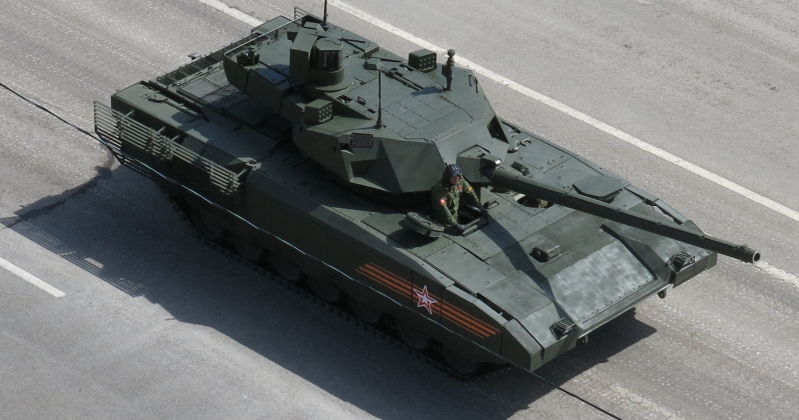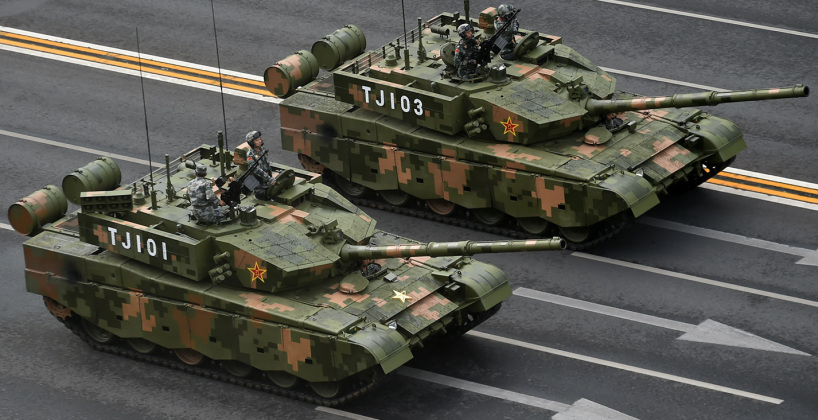On October 9 Chinese state media outlet CCTV teased the unveiling of a never before seen fourth generation battle tank, one which integrates a range of unprecedented new capabilities that could ensure a comfortable Chinese lead in armoured warfare. The vehicle is expected to be unveiled imminently. Although little is known about the new tank, Chinese sources have widely reported that it will have a two man crew – below the standard of four for Western tanks and three for current Chinese, Russian and Korean models. If confirmed, it will be the first in the world to do so. Crew reductions are expected to be achieved through greater levels of automation, likely including a heavy reliance on artificial intelligence, allowing one crew member to focus on using weapons while the other drives the vehicle. Previous reductions to crew from four, which was the standard for the early Cold War years, were pioneered by the Soviet Union in the 1960s with the introduction of automatic loaders. This facilitated three man crews, and is a feature which future Western tanks are confirmed to finally be including and which Chinese models have had for the past three decades. A reduction below three crew, however, has long been speculated but is unlikely to be seen for some years on designs developed outside China.

The new Chinese tank is expected to integrate a number of features seen on the Russian T-14 Armata – a tank first unveiled in 2015 and heavily derived from uncompleted the Soviet T-95 program. Although highly promising, the tank has yet to join the Russian Army due to a range of issues in the country’s defence sector. Notable features include a fully unmanned turret with light armour, equal speed in forward and reverse, and confinement of crew to an armoured capsule for very high levels of protection, as well as revolutionary advances in armour, sensors and munitions. These features are expected to be seen on future Western tank designs, although with U.S. and European programs seeing their developments long drawn out the late 1970s and early 1980s German Leopard 2 and American Abrams are expected to remain the backbone of NATO’s armoured units into the late 2030s. China emerged from the Cold War with a tank industry far behind it foreign rivals, and particularly that of the neighbouring Soviet Union, although through extensive investments in research and development and technology transfers from Soviet successor states it was able to quickly advance with the development of the Type 96 and Type 99 main battle tanks and the Type 15 light tank.
The Type 99A is currently considered one of the most capable tank classes in the world, although it is fielded only in limited numbers due to its high cost and China’s focus more on naval and aerial warfare investments – the domains where clashes with the United States and its allies are most likely. The unveiling of the new tank may well herald a final end to production of either the Type 96 or the Type 99A, possibly the former, as the latter is relegated from the status of an elite vehicle into a more common one while while the new fourth generation tank replaces it in the highest priority units. Should the new vehicle have a relatively low cost, not only for production but more importantly for operations and maintenance, it could potentially replace both older classes in production. China has consistently proven capable fo bringing new generations of weapons systems into service far faster than its Western rivals or Russia, in part due to the much greater size of its industrial base as well as its economic model. The possibility of the tank entering service in significant numbers before the T-14, and perhaps over a decade before a comparable Western vehicle, thus remains significant.

